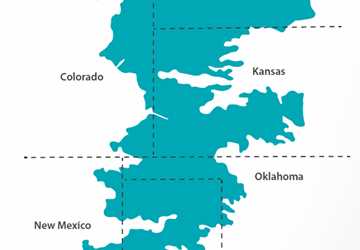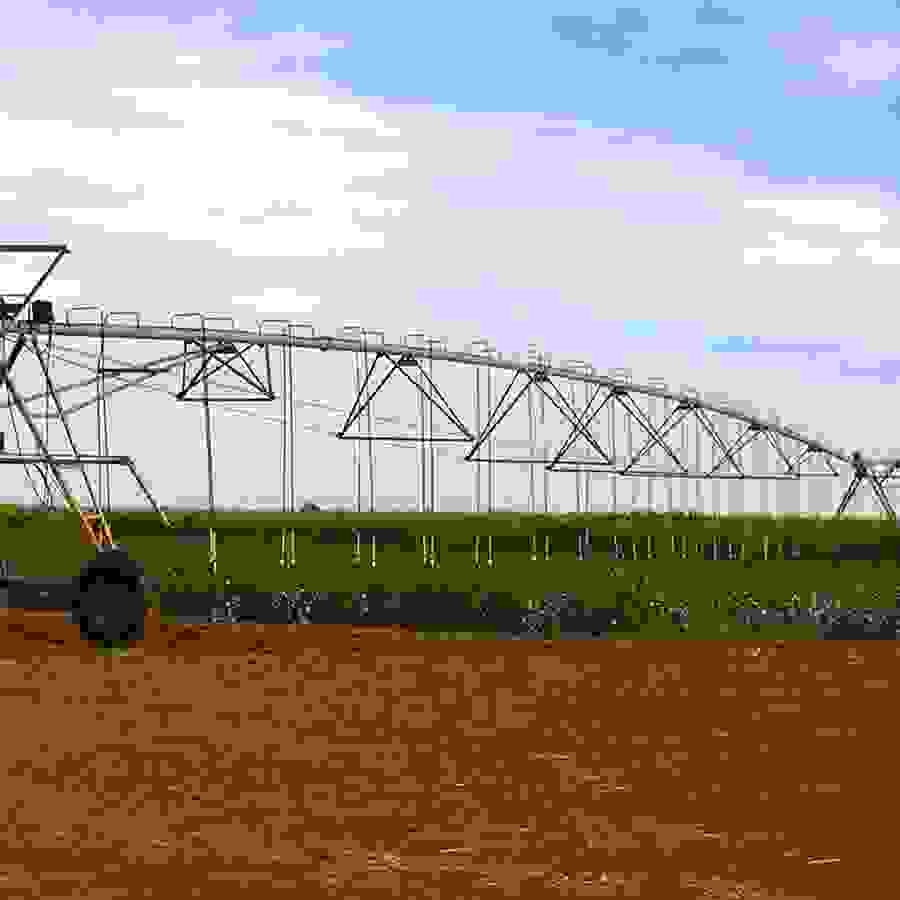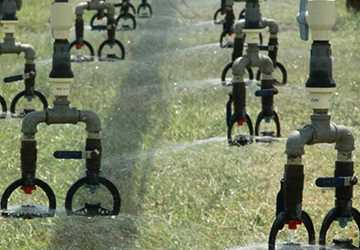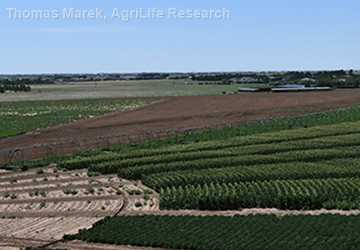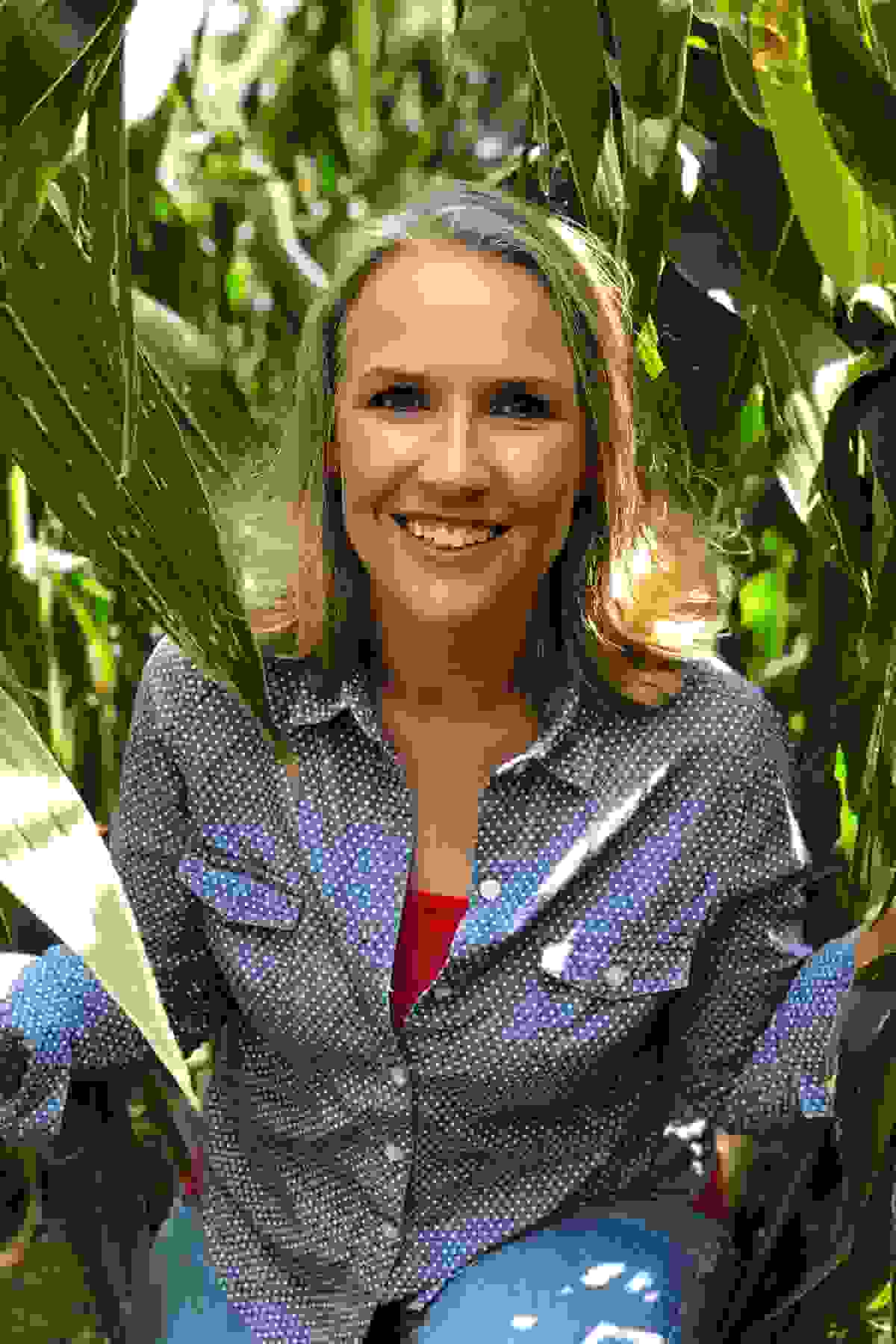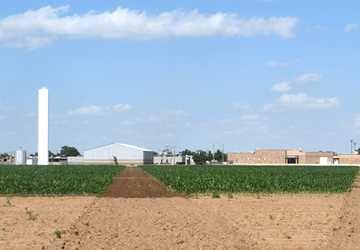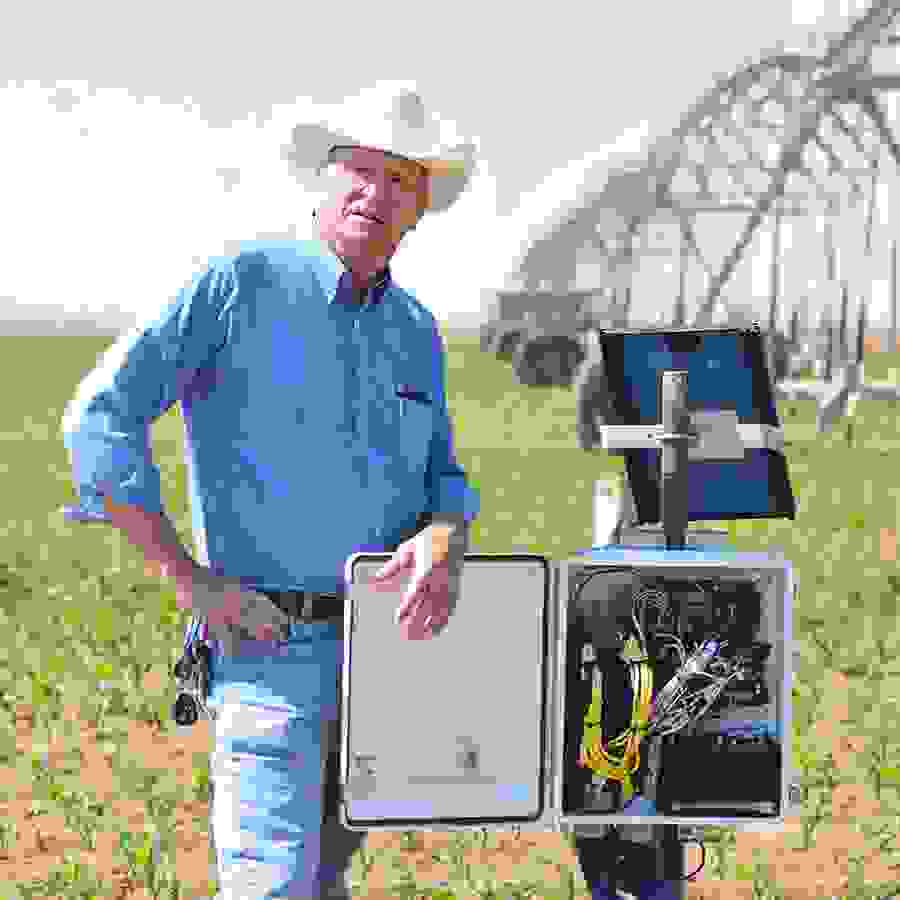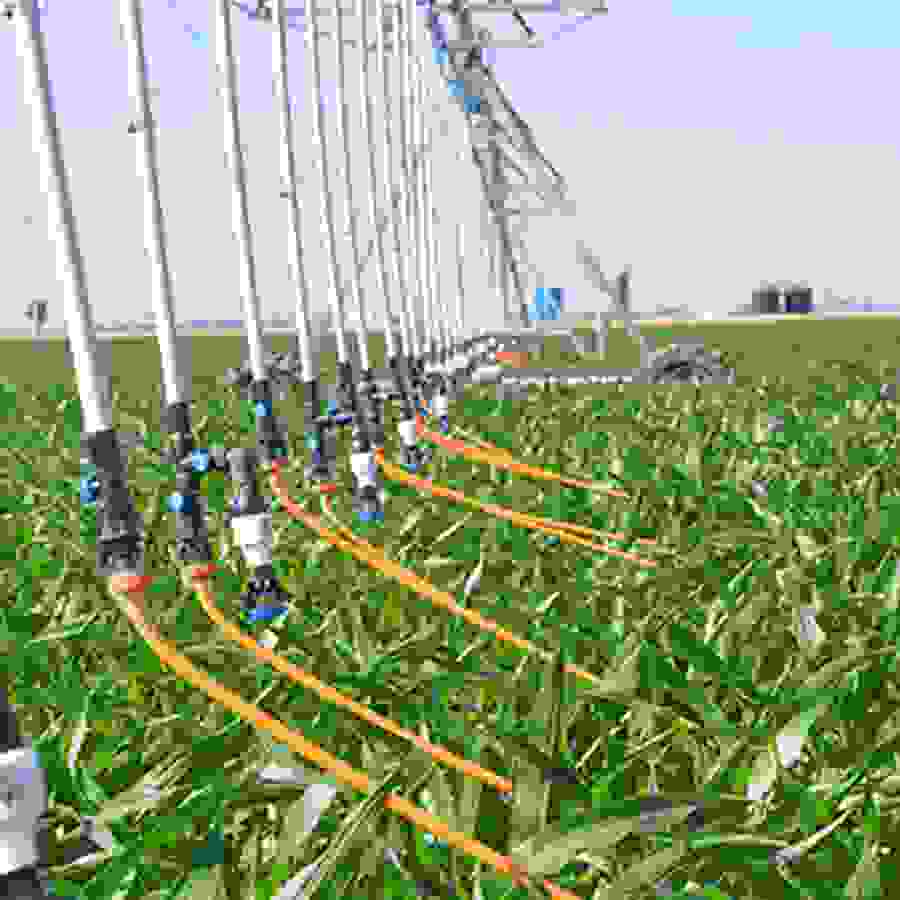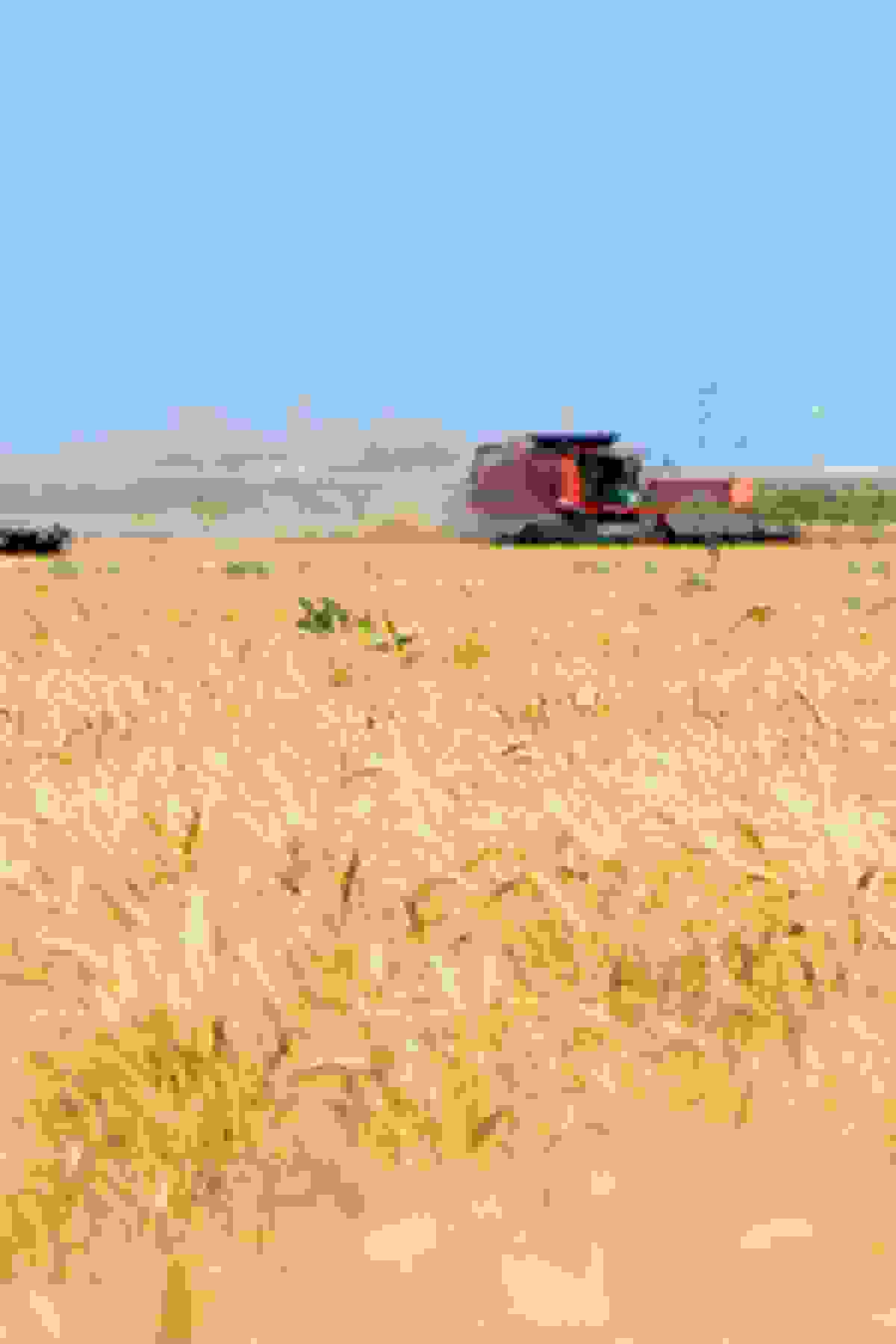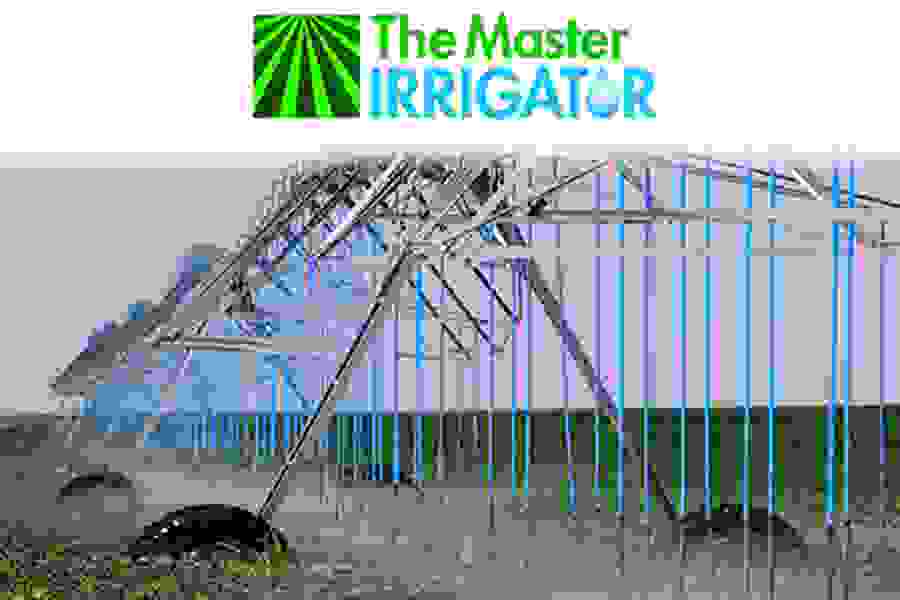The saying goes one size fits all, but for producers in the Ogallala Aquifer region of the High Plains one size, or system, of farming doesn’t necessarily fit all.
With the decline in the aquifer’s water levels and reduced well capacities in much of the region, more producers are increasingly transitioning from what have historically been intensively irrigated crops to diversified systems to safeguard against loss of income and water.
Today’s diversified systems integrate different crops into the crop production cycle or incorporate annual crops, livestock and forages into the system.
For example, a producer with an integrated cropping-livestock system might have a field of annual crops and a field of annual forage grown for livestock feed plus an area of perennial grassland. The livestock can rotate between the grass and forage and, after harvest, can graze the residue left in the crop fields.
In a typical livestock integrated system in the Ogallala Aquifer region, livestock graze on forage and cover crops in the spring before being turned out onto rangelands, and then rely on forage and grain stubbles supplemented with hay or silage in the fall and winter.
Experts in the Ogallala Aquifer Program (OAP) and the Ogallala Water Coordinated Agriculture Project (Ogallala Water CAP) are conducting research and working with producers to find the right fit for their land.
Experts in the Ogallala Aquifer Program (OAP) and the Ogallala Water Coordinated Agriculture Project (Ogallala Water CAP) are conducting research and working with producers to find the right integrated production systems to safeguard against loss of income and water.
More information
Integrating different crops into rotation
Producers are always looking at different strategies to optimize the limited water they have and maximize their profits. Incorporating different crops and managing the crops’ planting dates and irrigation needs into their operations is helping.
“Integrated crop management is a key strategy to extending the life of the Ogallala Aquifer, especially in the Texas High Plains,” said Dr. Jourdan Bell, an agronomist at the Texas A&M AgriLife Research and Extension Center in Amarillo and a member of the OAP team.
Bell said that the southern Texas High Plains was traditionally a cotton monoculture and the northern Texas High Plains was in continuous corn production for the last 40 to 50 years.

“Now, because of declining aquifer levels and lower well capacity, we are seeing diversification in cropping practices, she said. “Today, cotton is frequently grown in rotation with corn in the northern Texas High Plains.
“Diversifying the cropping systems allows the producer to incorporate a profitable, drought-tolerant crop that uses less water than irrigated corn crops,” Bell said.
To accomplish this, some producers are splitting center pivot circles into sections and growing different crops to match water availability to irrigation demands, Bell said.
For example, a producer may plant corn on one-half of a center pivot circle and cotton on the other half.
“A producer might not have the well capacity to fully irrigate a full circle of corn but has enough well capacity to irrigate 60 acres or half of a circle of corn and plant the other 60 acres with cotton,” Bell said. “Cotton has a lower water requirement so a producer can apply a reduced amount of water to the cotton. That really minimizes the in-season pressure on those irrigation wells.”
While there would be a greater water savings by converting the full-irrigated circle to cotton, Bell said northern Texas High Plains’ producers recognize the value of a grain crop such as corn in a rotation. Corn, or grain sorghum if the producer no longer has the irrigation capacity, brings significant benefits to the soil and long-term viability of the cropping system that cotton, a low residue crop, does not. A low residue crop tends to increase erosion and decrease soil quality.
Bell said another strategy to optimize water use and yield is managed deficit irrigation where the crop water use is synchronized with the crop’s reproductive stages. She said this approach differs from a deficit irrigation strategy where irrigation is typically applied throughout the growing season at a fraction of the full irrigation demand.
Diversifying the cropping systems allows the producer to incorporate a profitable, drought-tolerant crop that uses less water than irrigated corn crops.
Dr. Jourdan Bell“When we schedule irrigation based on growth stages, we are essentially looking for the greatest return on the investment,” she said. “Previous research in grain sorghum supported by the OAP demonstrated that concentrating irrigation resources during critical reproductive growth stages can result in a greater yield in drought years.”
Another option, Bell said, is to consider alternative planting dates and hybrid selection to minimize water use. For example, producers may plant a long-season corn hybrid on one-half of the circle earlier in the season and then plant a shorter-maturing corn hybrid on the other half of the circle later in the season. This shifts the time of peak irrigation demand for half of the corn crop to later in the season.
Bell said this strategy means there is not equal stress on the full circle at the same time.
“Producers can concentrate water on the earlier planting in the circle and for that other half, hopefully they have shifted reproduction development to later in the season, where temperatures are milder and there is more precipitation,” she said. “This allows producers to coordinate production with the environment.”
Having flexibility in crop rotation and variety selection not only helps producers save money and increase profits, but it also maximizes production per unit of water applied, Bell said.
Adding forage crops and livestock into the mix
Integrating forage crops and livestock in a traditional cropping system brings an added component into the mix that provides an additional income source.
Dr. Chuck West, professor in Texas Tech University’s Department of Plant and Soil Science and a member of the OAP and Ogallala Water CAP projects, is looking at integrating perennial and annual forages and cattle production into the Texas High Plains now dominated by irrigation of annual crops.
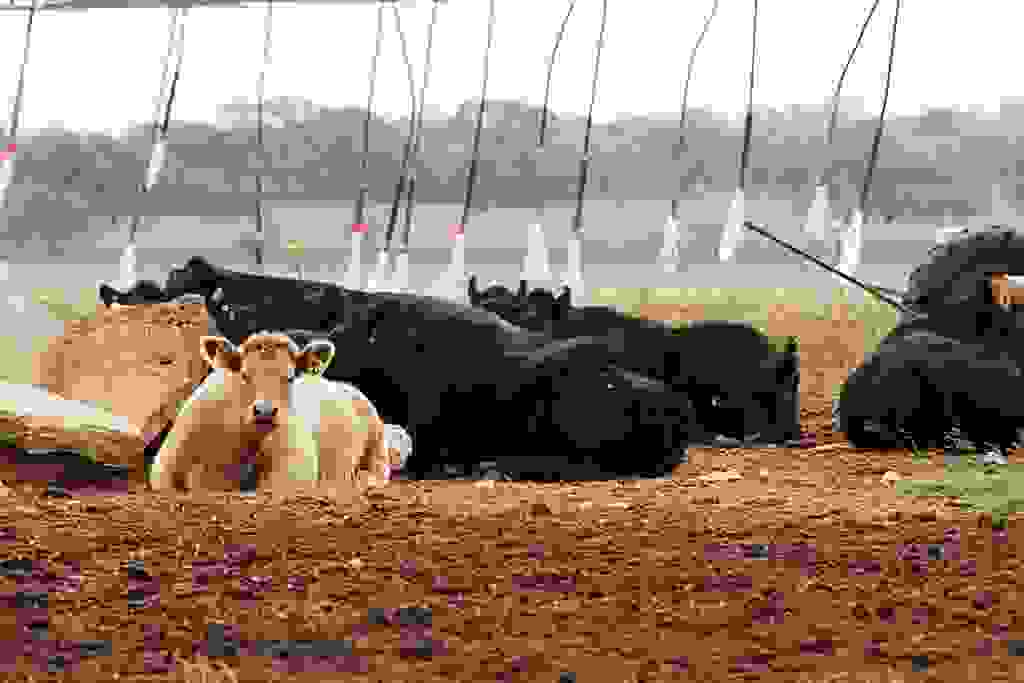
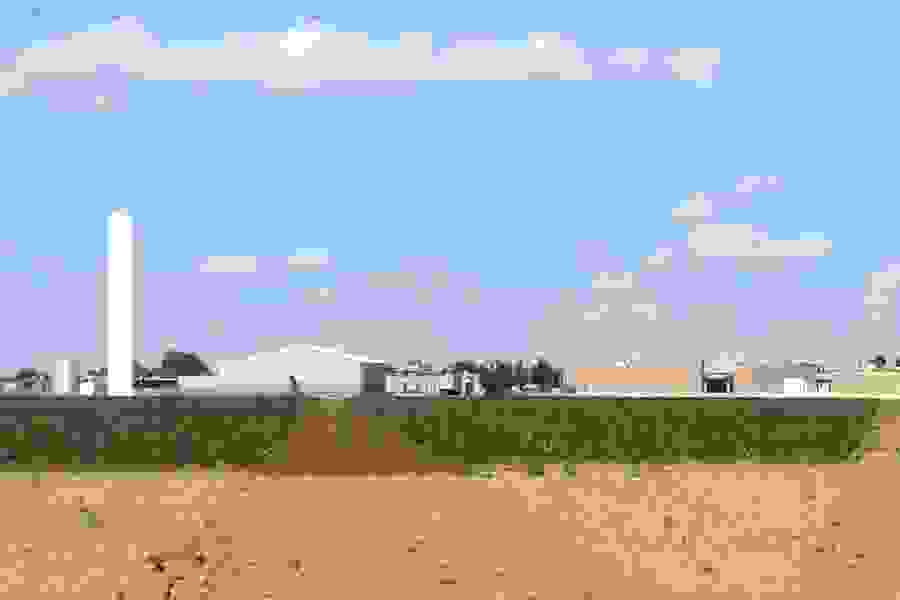
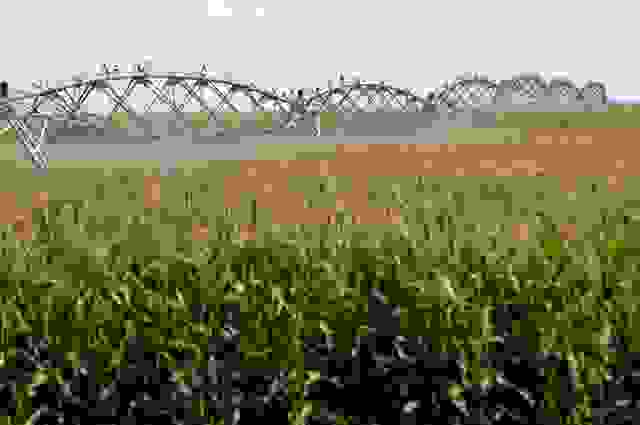
“What is really waking us to putting cattle back on what once was irrigated land is that with the reduction in the supply of water, producers can no longer produce the annual crops at the full yield potential on all their acreage,” he said.
West said that adding livestock and forage crops into the farming system means that some of the highly irrigated land can transfer to a lower irrigation level needed for forage production or perhaps even go to dryland production.
“We want to move toward a more diversified landscape where, instead of having large continuous acres of cotton or corn, we have more diversity with annual crops, forage crops and livestock on improved pastures,” he said. “As the pumping capacity of wells declines, producers can target the remaining irrigation capacity to fewer areas of high value crops.”
As producers diversify, West said they need information about the productivity of forages and the water needed to establish the forages.
He said research done by his predecessor, Dr. Vivian Allen, identified improved forages that are drought tolerant and have good yield potential.
For some producers, planting native perennial grasses that once populated the High Plains on some of their land makes sense, West said, adding that some nonnative grass can produce even more.
His research has shown that a specific variety of the nonnative old world bluestem grass works well in transitioning a farm that was predominantly annual crops to an integrated operation. Producers can establish the bluestem with limited water in six to eight months and then stop irrigation or go dryland on it once it is well established. They can then shift that water source to a neighboring field that needs it.
Another, somewhat surprising, forage West is studying is alfalfa.
Although alfalfa has been used for decades as an extremely high quality forage for dairy production and as a hay crop for cattle, West said it is notorious for being a high water-consuming crop. He is looking at alfalfa from a different perspective: as a low water-using plant grown alongside old world bluestem. In their research, his team first established the bluestem then planted alfalfa into the grass, giving the alfalfa low to modest irrigation.
“What you end up with the following year,” West said, “is a field that has 20-30 percent cover of alfalfa plants and the rest grass.”

Since the alfalfa plants are not densely planted, they are not competing with each other for water. They produce a deep root system, enabling them to find water below the root system of the grasses. By planting among perennial grasses with less water, West said, the alfalfa is forced to be frugal with water.
Another way using alfalfa has worked quite well, West said, is to have a small pasture of just alfalfa grown near bluestem or other grasses. Cattle are moved into the alfalfa every week for two days for limited grazing and then moved back to the grasses.
Improving soil health with integrated systems
It’s not just water savings and profits that drive the Ogallala region producers to introduce integrated cropping and livestock systems; integrated systems are tied to better soil health. Healthier soils, in turn, can store more rainwater and crop production is increased.
Farming practices used in the Ogallala region over the last century — conversion of grasslands into croplands, intensive cultivation of the same crops year after year and high intensity of grazing cattle on grasslands — have created challenges. Production potential has gone down, soil organic matter and nutrients have been depleted, and water-holding capacity has decreased, causing the soil to be less resilient and productive and more prone to wind erosion when left bare.
Dr. Rajan Ghimire, assistant professor in New Mexico State University’s Department of Plant and Environmental Sciences and an Ogallala Water CAP researcher, said soil health and fertility in the region are largely associated with farming practices that focus more on short-term profits at the expense of long-term soil and environmental quality.
We have increased efficiency in crop production technologies, but the magnitude of those improvements has not equaled the improvement in yield.”
“Our soils cannot produce what we used to get in the past with the same level of input,” Ghimire said. “We have increased efficiency in crop production technologies, but the magnitude of those improvements has not equaled the improvement in yield.”
Ghimire said since soil is the foundation for agriculture, it is important to improve that foundation, which will increase production and save water. He compared the benefits of healthy soil to a healthy human. “If we are healthy, we can do a lot more work than if we are sick,” he said. “Likewise, healthy soil can provide a variety of ecosystem services, including soil water conservation, crop production and agroecosystem resilience.”
In his research, Ghimire has compared grazed native grassland, native grassland that has not been grazed for 50 years and cultivated sorghum fields to see if there is a difference in soil health.
His research showed that the grasslands, both grazed and ungrazed, had healthier soils, with 18 percent more organic carbon and 13 percent more nitrogen in the soil profile than the cultivated sorghum field. The grasslands had almost double microbial mass and enzyme activity, other indicators of healthier soils.
He also looked at the difference between grazed and ungrazed croplands to determine the effect of livestock on soil dynamics in cropped fields. In the grazed cropland, organic matter increased about 12 percent and the microbial mass increased 40 percent when compared to the ungrazed cropland.
Ghimire attributes the healthier soil of the grazed grassland and cropland to the livestock mixing in the leftover grass mass or crop residue as well as urine and manure into the soil. “Livestock hooves may have brought crop residues in contact with soil, while the urine and feces of the grazing animals contributed to nutrient cycling,” he said. “This increases the residue decomposition and enhances the soil organic matter storage in the grazed croplands.”
Maintaining the Ogallala Aquifer region’s viability
Bell, West and Ghimire said changes have to be made to maintain the Ogallala Aquifer region’s economic viability. Transitioning to integrated systems is one option; it increases resiliency and decreases risk.
“There are a significant number of producers who have incorporated integrated systems into the production systems just because it minimizes their risk by increasing their diversity and helps conserve water,” Bell said. “They want to ensure they can irrigate in 10 or even 20 years.”
Farmers do try to do everything in their ability to be good stewards of the aquifer and manage their water so they are not wasting it."
“I foresee greater adoption of high-value crops on smaller irrigated acreages to increase the dollar return on the diminishing water,” West said. This can include wine vineyards, specialty crops for food and herbs and high-value seed production.
Ghimire believes that farming will definitely change in the future with water becoming more and more limited.
“I have faith in research,” he said. “So much is being done; we will find better, more efficient ways to use water and improve soil health and production technology.”
“Farmers do try to do everything in their ability to be good stewards of the aquifer and manage their water so they are not wasting it,” Bell said. “They recognize that their success is dependent on the longevity of the aquifer.”
While integrated farming seems like a positive transition, it’s not an easy one.
Explore this Issue
Authors
As the former communications manager for TWRI, Kathy Wythe provided leadership for the institute's communications, including a magazine, newsletters, brochures, social media, media relations and special projects.


